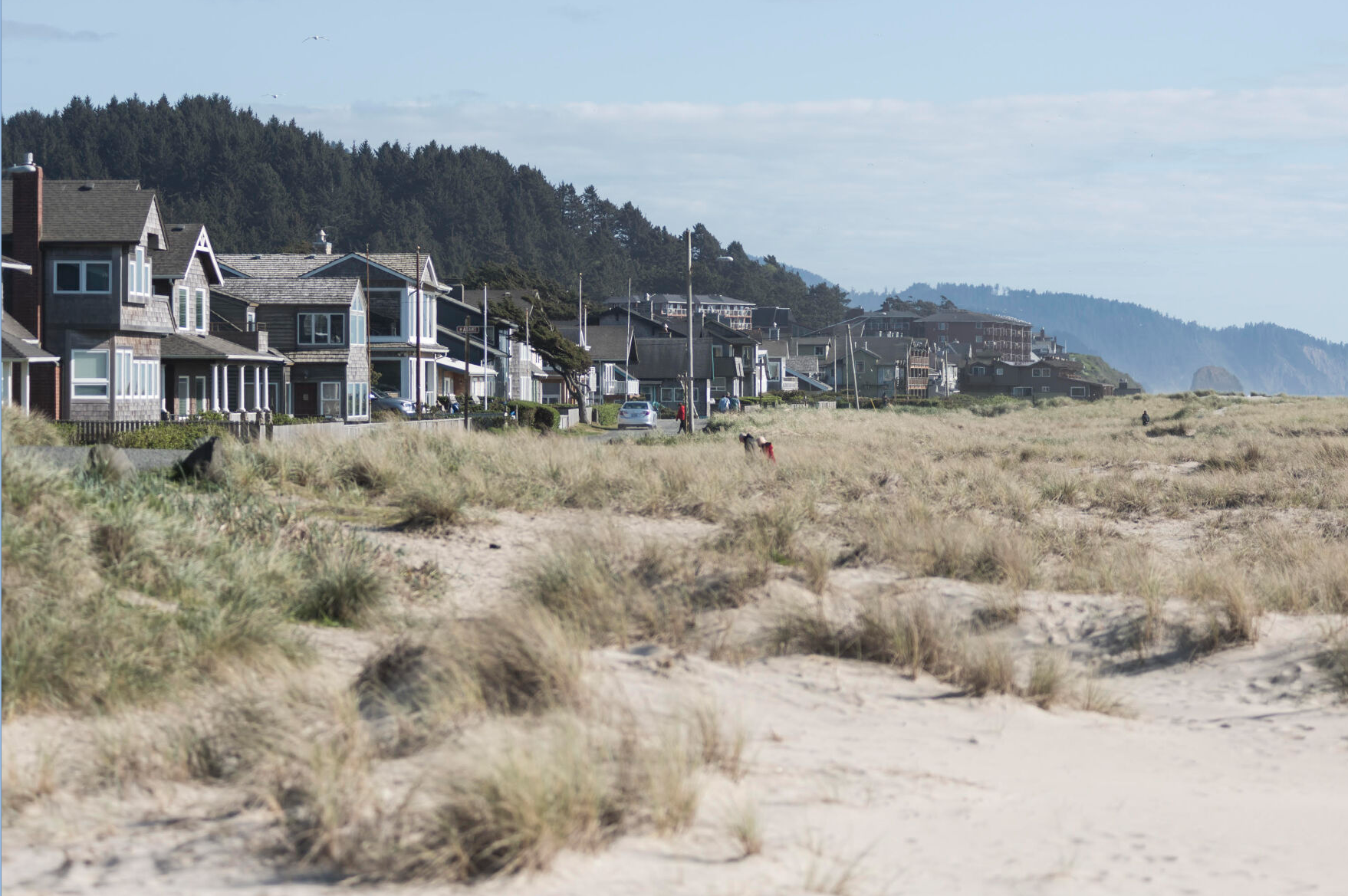Our View: A uniquely American miracle
Published 12:30 am Thursday, July 22, 2021

- America’s food system continues to be a point of pride.
During the past few weeks, Capital Press reporter Sierra Dawn McClain took a close look at how food gets from the farm to the grocery store.
Trending
The food system she wrote about is as intricate as a clockwork, but it works fabulously well. Every day of every year, 331 million people directly benefit from this system, which provides them with a vast selection of food — and lots of it — at affordable prices.
And it’s resilient.
Last year, when politicians closed restaurants, schools, businesses and other public institutions in an effort to curb the spread of COVID-19, the food system was up to the challenge. Farmers, ranchers, processors, distributors and retailers all pivoted to make sure food was available. It was a truly heroic effort.
Trending
Today, the nation is emerging from those COVID-provoked shutdowns and every link in the food chain is pivoting back to normalcy.
From time to time, some folks get together to try to figure out how to improve the food system. No doubt those discussions take place around well-stocked lunch or dinner tables.
Those of us who have a little bit of gray hair remember back to our childhood when the selection and quality of food, particularly produce, was much more limited in the winter.
Today, it’s a different story. Whether they are in a boutique organic store in Manhattan, a superstore in Kansas or a regional supermarket chain in the Pacific Northwest, consumers will find that the selection, freshness and affordability of produce and all other foods is astounding. In many parts of the nation, consumers don’t even have to go to the store. They can order their food online and have it delivered to their house that day.
There are 40,544 grocery stores in the U.S., and all of them are well-stocked and affordable. They, and the rest of the food system, are a uniquely American miracle.
Several decades ago, a delegation from Vladivostok in the old Soviet Union was visiting a Fred Meyer store in Juneau, Alaska, as part of a sister city exchange. As they toured the grocery section, the Soviets shook their heads in disbelief. Here, in the middle of the largest national forest, during winter, in a city with no roads to the Lower 48 — or anywhere else, for that matter — was a selection of produce that couldn’t be found anywhere in the Soviet Union. Not only that, the other three grocery stores in the city were equally well-stocked.
That, quite simply, shows the difference between capitalism and communism, between what freedom produces and what servitude produces.
America’s food system is worth celebrating. It remains robust and continues to evolve over time to meet consumers’ expectations to feed a hungry nation — and a good part of the world.
From the farm and the ranch to the dinner table, that celebration takes place three times a day.









